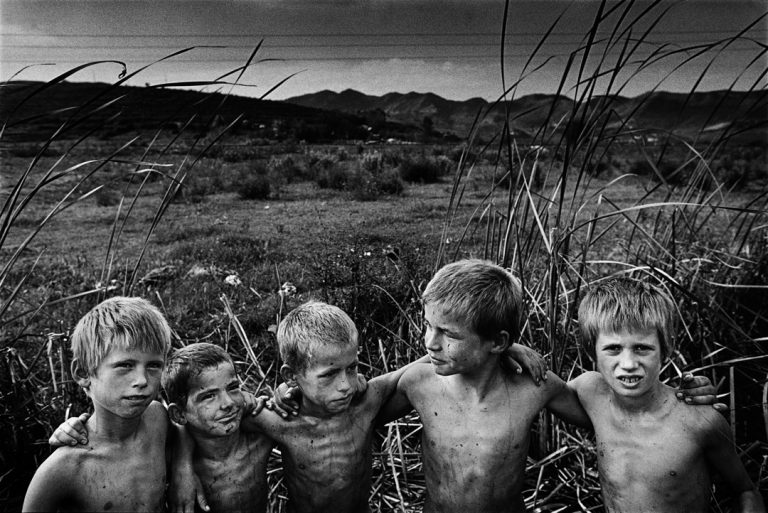Albania is the poorest country in Europe. It was one of the last to emerge from communism and in only two years made the difficult and rapid transition into a multiparty democracy. In January 1997, a pyramid scheme collapsed and thousands lost their life savings. Riots broke out. The military was helpless as army supply camps were looted. Gangs took over entire cities and turf wars over drugs and weapons escalated beyond control. Many of the weapons looted in Albania were smuggled into neighboring Kosovo, to the almost two million ethnic Albanians living under the tyranny of Slobodan Milosevic, who was desperate to keep Kosovo united with the fragments of former Yugoslavia. The volatile mixture of ethnic tensions and fresh supplies of weapons gave birth to the guerrilla army known as the Kosovo Liberation Army, KLA. When NATO started bombing the Serbs in 1999, the largest exodus in European history since World War II began. Almost one million went into exile and sought refuge in neighboring countries. On their return three months later, the refugees exacted a gruesome revenge, killing innocent and aged Serbs who had had no connection with the war.
Joachim Ladefoged began documenting the story of the Albanians in 1997. His ongoing work in the region culminated in 2000 with the release of his book “The Albanians.”
